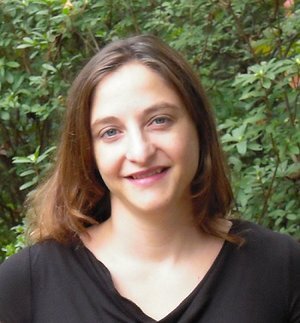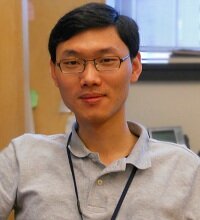University of Maryland
Neural adaptation in new hearing aid users
Hearing loss is among the top three chronic health conditions of senior citizens, affecting approximately 50% of the population > 65 years. Despite this high prevalence of hearing loss, only 20% of senior citizens with hearing loss use a hearing aid. Why do senior citizens reject hearing aids after trying them, despite available advances in hearing aid technology? One possibility is that current hearing aid fitting practices focus on providing adequate volume but do not take into account what happens to the amplified signal as it travels along the brain’s pathways. Aging and hearing loss can have a detrimental effect on the brain’s sound processing, and at this time, we don’t understand the impact of hearing aid use on sound processing. Furthermore, the brain’s responses to amplified sound may change over the course of time to the extent that hearing aid settings may need to be re-adjusted. This study compares brainstem and cortical-evoked electroencephalographic responses to speech with and without hearing aids in individuals who have never worn hearing aids, and then evaluates changes in the brain’s responses to amplified speech over the course of 6 months. This information should help hearing aid program designers and audiologists to optimize the hearing aid fitting.








